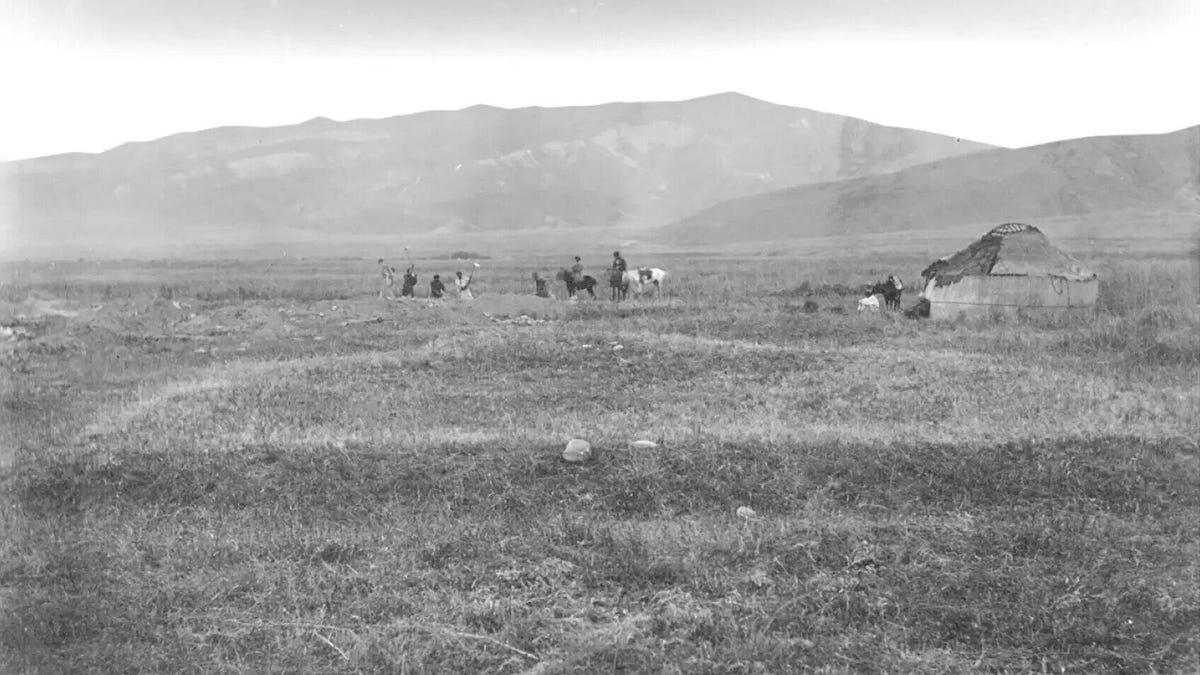
Villages near Lake Issyk-Kul, in what is now northern Kyrgyzstan, were experiencing an epidemic of deaths between 1338 and 1339. When people died during this time period, many of their tombstones blamed a generic “pestilence.” Yersinia pestis, which caused the Black Death in Europe only a few years later, was found in old bacterial DNA from the teeth of the victims, according to a research of ancient bacterial DNA from the teeth of the victims.
Black Death’s origin?
Bubonic plague murdered 75 million people in five years in the Middle East, Africa, and Europe. 1346-1352’s Black Death is still history’s deadliest pandemic. The Black Death was simply the first wave of what historians call the second plague pandemic, when Y. pestis regularly burnt across cities or regions. Samuel Pepys described the Great Plague of London in 1666 as a subsequent wave of the Black Death epidemic. Centuries of pestilence developed European genetic diversity.
The second plague pandemic had to start somewhere.
The second plague outbreak reached Europe in 1348 on ships from Kaffa (now Theodosia) on the Black Sea. When it reached Europe, the pandemic was already advanced.
Based on what we know about Y. pestis, which spreads through flea bites (and vomit), history’s most catastrophic pandemic began when fleas migrated from their typical hosts—wild rodents like marmots—to people. Historical documents and genetic evidence have been utilised to determine the spillage. So far, estimates cover Asia and 150 years.
Kara-Djigach and Burana, both located in northern Kyrgyzstan, are two villages that definitely deserve your attention. The date seems right; just a few years before the Black Death swept Europe, an unknown “pestilence” killed an exceptionally significant number of individuals in the region. And the location makes perfect sense; the region around Lake Issyk-Kul, which is known as the Chüy Valley, had trade ties all across Eurasia, which made it an ideal crossroads for people, goods, and infectious diseases.
Medieval epidemiology
Archaeologist Maria Spyrou of the Max Planck Institute for Evolutionary Anthropology and her colleagues needed to determine what killed the 1338-1339 outbreak victims. So scientists sequenced the DNA from seven “pestilence” victims’ teeth. This comprised both human and bacterial DNA from the victims.
When you die from a bacterial illness, the bugs leave DNA and proteins in your bone marrow and tooth pulp. Archaeologists have used this to locate ancient plague DNA across Eurasia and to identify tuberculosis in a Vesuvius eruption victim.
Spyrou and her colleagues identified Yersinia pestis DNA in the teeth of three persons buried around Lake Issyk-Kul in 1338 and 1339. This links the 1338-1339 “pestilence” to the plague.
A plague genealogy
When Spyrou and her colleagues matched 1338-1339 plague genomes to 203 present Y. pestis genomes and 47 historical ones from Eurasia, they found that the strain that ravaged northern Kyrgyzstan was an ancestor of every 14th-century plague genome ever sequenced.
The plague strain from Lake Issyk-Kul villages is also the most recent common ancestor of four Y. pestis lineages in present rodent populations. If you think of Y. pestis strains as a family tree, then these “lineages” are branches. These four branches have only split since the second plague pandemic.
Modern strains of Y. pestis in the Tian Shan region share an ancestor with the 1338–1339 strain. This also suggests the Black Death began in this location.
The Black Death didn’t start in Kara-Djigach and Burana in 1338. Plague can spread without mutating often. So, the same strain of Y. pestis can infect people across a vast area. Given the level of trade in the mid-1300s, plague may have reached Lake Issyk-Kul in 1338 from northwestern China or Uzbekistan.
The report says the outbreak probably began within a few years of the 1338 Kyrgyz epidemic and in the Tian Shan region, which narrows things down.
Archaeologists and historians now have a higher chance of finding evidence of the ecological upheaval that sparked the Black Death, say Spyrou and her colleagues. Drought, flooding, or rapid temperature swings could cause fleas’ wild rodent hosts to die or relocate closer to humans, causing a plague outbreak.
These occurrences typically leave a trace in archaeology and climate records like tree rings, lake sediment cores, and ice cores. Now that scholars know when and where to look, they may be able to pinpoint the Black Death’s origins.###









